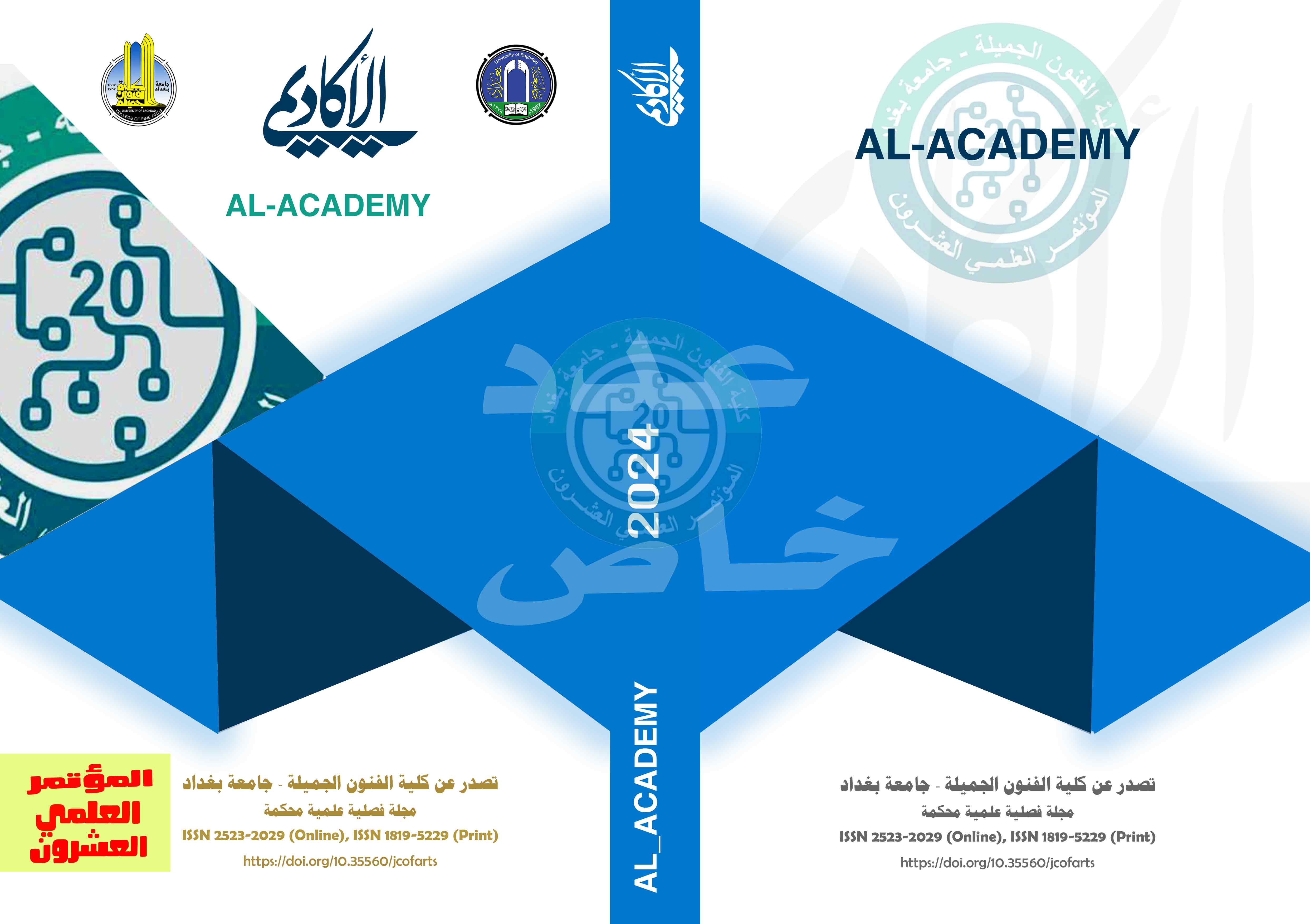Artificial Intelligence And Enhancing Creativity In Graphic Design
DOI:
https://doi.org/10.35560/jcofarts1447Abstract
Creativity is an essential feature of graphic design, as designers rely on creativity to create attractive and effective designs that meet the needs of the target audience. In recent years, the field of graphic design has witnessed rapid development in the field of artificial intelligence, as it can help designers create new and diverse creative designs. Graphic design is one of the artistic and technical fields that requires creativity and innovation, but it also faces some challenges and difficulties in the design and implementation process. Therefore, artificial intelligence technology has an important role in improving and facilitating work in this field, by providing many tools and software that use artificial intelligence in design. Graphic design, which is characterized by its ability to provide smart and innovative suggestions and improvements to designers. This research aims to review the importance, benefits and advantages of using artificial intelligence in graphic design, and how it can contribute to enhancing creativity and design efficiency, as well as highlighting the idea that artificial intelligence is an auxiliary factor to intelligence. Humanity, which is irreplaceable.
The research concludes by emphasizing the importance and benefits of using artificial intelligence in graphic design, and how it can contribute to enhancing creativity and design efficiency
References
Afifi, J. (2015). Artificial intelligence and expert systems. Jordan: Dar Amjad for Publishing and Distribution.
Agata Stachowicz Stanusch, W. A. (2020). Artificial Intelligence and its Impact on Business. Charlotte, North Carolina, United States: INFORMATION AGE PUB.
Al-Sharif, A. (2022). Artificial intelligence and the Internet of Things. Riyadh: Al Riyadh Publishing and Distribution.
Arin, H. (2023). AI and the Human Experience: Embracing the Age of Intelligent Machines. Holly Arin.
Ashmil, F. F.-H., & Omar, S. (2022). The effectiveness of artificial intelligence to enrich the creative design of cartoon characters. Cairo: International Journal of Artificial Intelligence in Education and Training, Volume 2, Issue 1.
Bowden, M. A. (2022). artificial intelligence. United kingdom: Hindawi for publishing and distribution.
Cao, L. (2018). Data Science Thinking The Next Scientific, Technological and Economic Revolution. United States: Springer International Publishing.
Duha Engawil, C. G. (2022). The Impact of Artificial Intelligence on Graphic. Proceedings of the 9th Congress of the International Association of Societies of Design Research (IASDR 2021) (p. 3568 to 3570). Lancaster, UK: I LICA, Lancaster University, .
Henderson, H. (2009). Encyclopedia of Computer Science and Technology. New York: Facts On File.
Jamie Culican, M. M. (2023). Build Your Publishing Empire While Saving Time and Money With The Power of AI. USA: Dragon Realm Press.
Lexcellent, C. (2019). Artificial Intelligence Versus Human Intelligence. Salmon Tower Building: Springer International Publishing.
Md Haseen Akhtar, J. R. (n.d.). AI for Designers. 2024: Springer Nature Singapore.
Miroslav Mateev, P. P. (2019). Creative Business and Social Innovations for a Sustainable Future. Proceedings of the 1st American University in the Emirates International Research Conference—Dubai, UAE 2017. UAE: Springer International Publishing.
Muhammad, N. J. (2023). Exploring artificial intelligence and its future outcomes. Cairo: Faculty of Fine Arts - Cairo University.
Russell, S. (2022). Humanized artificial intelligence. United kingdom: Hindawi Publishing.
Sciences, C. A. (2019). China’s E-Science Blue Book 2018. Singapore: Springer Nature Singapore.
Weber-Lewerenz, B. C. (2022). Accents of Added Value in Construction 4.0. Germany: Springer Fachmedien Wiesbaden.














